(Before diving into this post, make sure to pick up a copy of my free Landscape Painting Starter Kit.)
How to add Depth to Your Mountains in Acrylic Landscape Painting
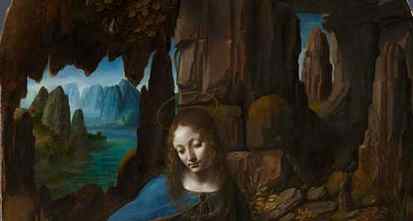
Leonardo da Vinci – The Virgin of the Rocks (detail), 1491-1508
Why do mountains look blue in the distance?
Have you ever wondered why a hill, that you know is covered in green trees, looks purple or blue when viewed from a long distance away?
Trying to create a sense of depth and distance in your landscape painting is key for creating realism in your paintings.
The simplest way to do this is with Aerial perspective…
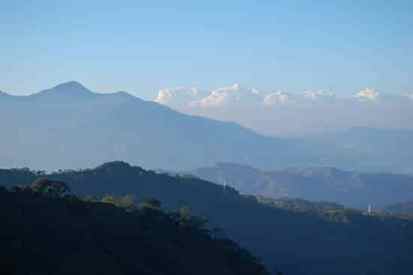
What is aerial perspective?
Aerial perspective is the optical effect that the atmosphere has on objects viewed at a long distance.
For example, in the daytime, a mountain range will usually appear bluer and lighter as it gets further and further away from us.
The air in the atmosphere contains various impurities and these act as a filter stopping certain wavelengths of light reaching our eyes.
This gives the illusion of a change of colour and value.
Cool colours like blues and greens get through the ‘filter’ of air more easily than the warm colours so mountains usually appear bluer.
Leonardo da Vinci noticed and studied that as a landscape recedes from the viewer its colours and tones alter due to the nature of the atmosphere.
You can see this in his painting above where he has cool blue muted mountains in the background, and warm browns in the foreground.
It is sometimes referred to as atmospheric perspective.
What effect does aerial perspective have on landscape painting?
Change in colour – A green tree will quickly appear purple, then blue as it receded into the distance.
Change in tone – Everything gets paler, the atmosphere not only affects the perceived colour in front of us but the tones, how light or how dark, each area of the landscape is. The changes are most noticeable in the dark tones, (just like the dark colour tones)
You can see in this photograph how obvious, now it’s in black and white, the tonal value changes are.
It is also useful to note how the crispness of line also alters, making the very back mountain quite blurry.
Pro tip: It is often a good tip when painting to blur the furthest mountain into the sky, You can blur it more than you would initially think and the viewer will ‘create’ the mountain in their mind.
Results for “Mountain Landscape Painting” Paintings
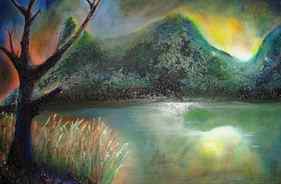
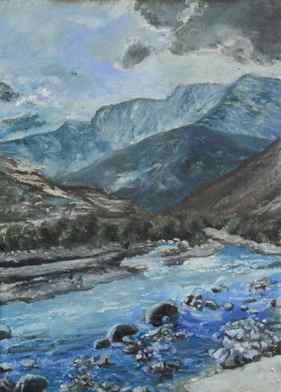
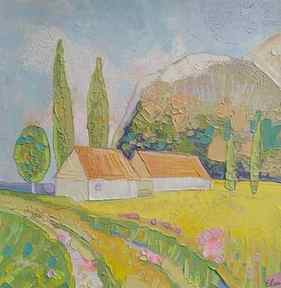
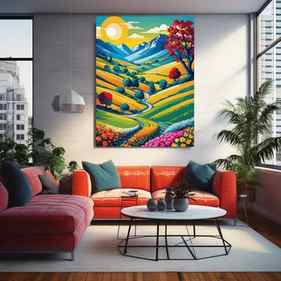
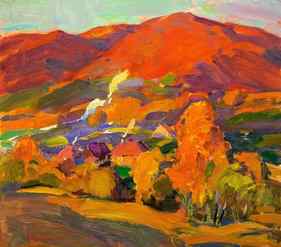
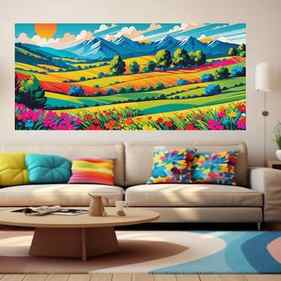
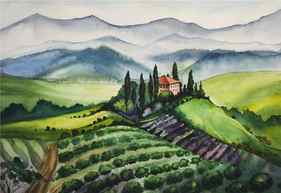
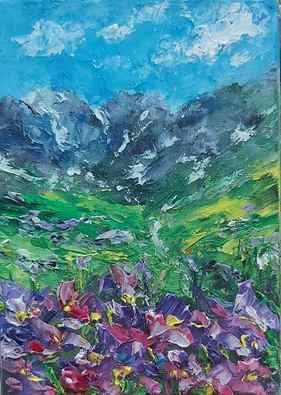
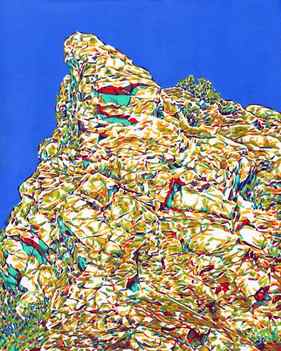
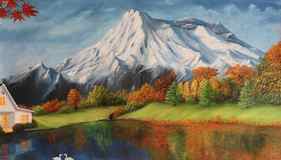
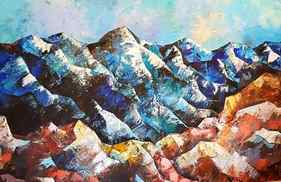
Discover new art and collections added weekly by our curators.
© 2023 Saatchi Art
Leaf Group Commerce All Rights Reserved
Sometimes, the Most Important Mountains Are the Most Simple
As we discussed in my post on atmospheric perspective, as something recedes into the distance, the clarity decreases.
So, if you are painting mountains in the far distance, then you may not even be able to see the contrast between light and shadow. It may only be a solid shape of color.
Check out these paintings below. These are brilliant paintings by Arthur Streeton and the mountains are nothing more than shapes of blue.
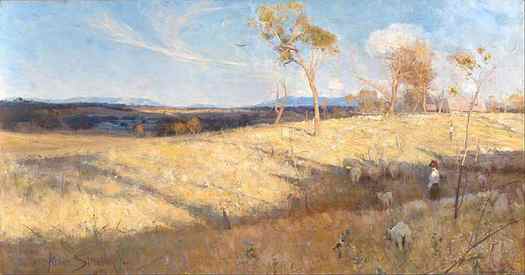
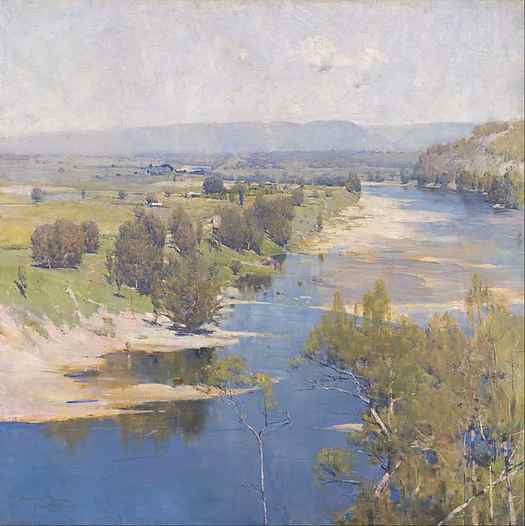
Summary
I hope you found these tips useful for how to paint mountains. If you can master the way you paint mountains, then you can really use them as a feature in your paintings (like Edgar Payne did in many of his paintings).
You might be interested in my Painting Academy course. I’ll walk you through the time-tested fundamentals of painting. It’s perfect for absolute beginner to intermediate painters.
Thanks for Reading!
I appreciate you taking the time to read this post and I hope you found it helpful. Feel free to share it with friends.

Draw Paint Academy
Enjoyed this post? Join over 123,000 artists who subscribe to the Draw Paint Academy newsletter.





